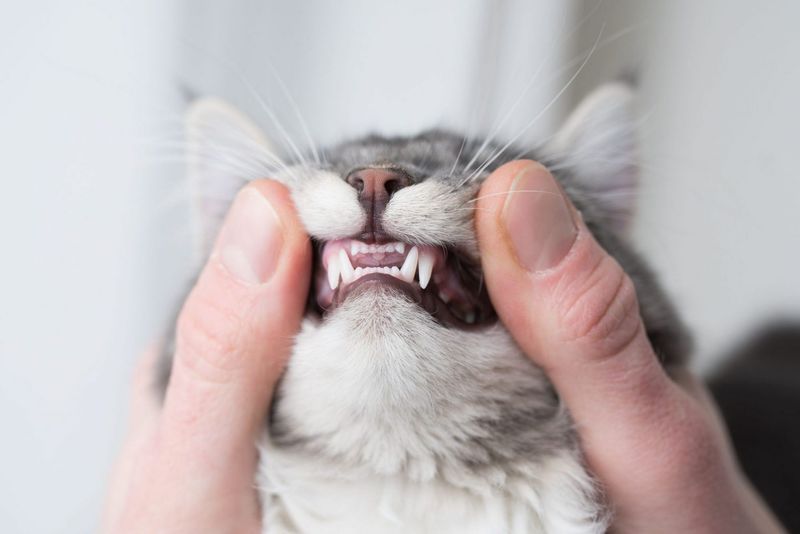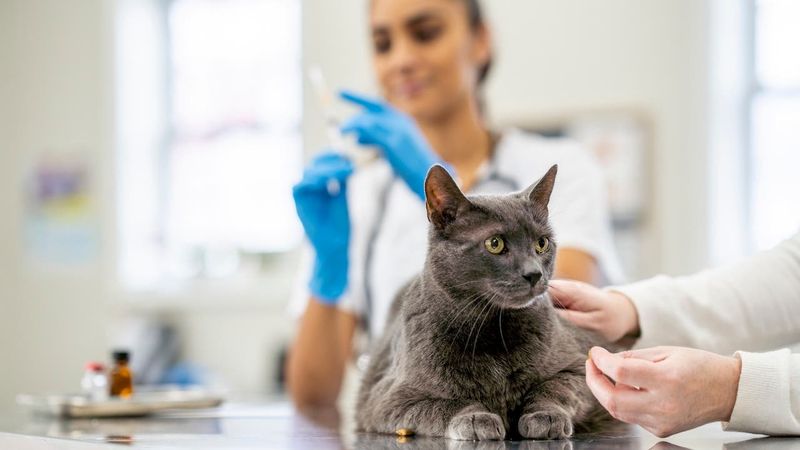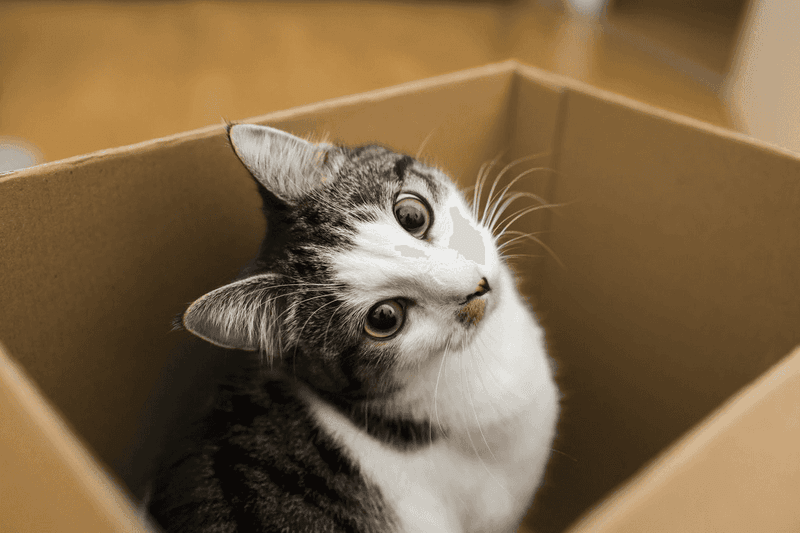📖 Table of Content:
- 1. Start Early While Your Cat Is Young and Healthy
- 2. Understand What’s Actually Covered (and What’s Not)
- 3. Compare Plans Side by Side Before Deciding
- 4. Know the Difference Between Accident-Only and Comprehensive Coverage
- 5. Pay Attention to Reimbursement Rates and Annual Limits
- 6. Read Customer Reviews and Check the Provider’s Reputation
- 7. Check for Waiting Periods and Pre-Existing Condition Clauses
Caring for a cat means more than just food, toys, and cuddles—it also means being prepared for the unexpected. Vet visits can add up quickly, especially when accidents or illnesses strike out of nowhere. That’s where cat insurance comes in, offering peace of mind and financial support when your feline friend needs care the most.
But choosing the right insurance plan isn’t as simple as picking the first one you see. Policies vary widely in what they cover, how they reimburse, and what they exclude entirely. Without a little research and know-how, you could end up with a plan that doesn’t protect your cat—or your wallet—the way you hoped.
To help you make a confident and informed decision, we’ve rounded up the top seven cat insurance tips every pet parent should know. Whether you’re new to pet insurance or just looking to switch providers, these tips will guide you through the most important factors to consider. Let’s break it down.
1. Start Early While Your Cat Is Young and Healthy
Purchasing insurance while your cat is young and healthy can lead to fewer exclusions and more comprehensive coverage. Young cats usually have fewer pre-existing conditions. This means insurers are more likely to offer favorable terms. Starting early can also ensure lower premiums. As your cat ages, the risk of illnesses increases, and so does the cost of insurance. By insuring your cat early, you lock in the benefits of youth. This proactive approach can save you money and provide peace of mind as your cat grows.
2. Understand What’s Actually Covered (and What’s Not)
Before committing to a policy, delve into what is covered and what isn’t. Many insurance plans cover accidents and illnesses but exclude routine care. Separate plans might be needed for vaccinations and dental care. Knowing these details helps you avoid surprises when filing a claim. Pay special attention to exclusions and limitations in the policy. For instance, some plans might not cover hereditary conditions. Understanding the coverage ensures you select the right plan for your cat’s needs.
3. Compare Plans Side by Side Before Deciding
Assessing multiple plans side by side allows you to see the distinct benefits and drawbacks of each. Compare premiums, deductibles, and coverage limits. This comparison aids in understanding which plan offers the best value. Additionally, look at customer satisfaction ratings. These insights can reveal the reliability of the provider. By thoroughly comparing plans, you make a more informed decision that aligns with your budget and your cat’s health needs. This strategic approach ensures comprehensive care without unnecessary costs.
4. Know the Difference Between Accident-Only and Comprehensive Coverage
Accident-only plans cover incidents like injuries from falls or poison ingestion. They tend to be cheaper but offer limited coverage. Comprehensive coverage includes both accidents and illnesses, providing broader protection. This type usually comes with higher premiums. Understanding the difference between these two options allows you to choose the right plan based on your financial situation. If your cat is prone to health issues, comprehensive coverage might be worth the investment. This knowledge ensures you select a plan that balances cost and coverage effectively.
5. Pay Attention to Reimbursement Rates and Annual Limits
Reimbursement rates determine the percentage of costs returned after a claim. Higher rates provide more back, but might come with higher premiums. Annual limits cap the total amount paid out each year. Understanding these factors helps in selecting a plan that offers financial protection without breaking the bank. Consider your budget and your cat’s health history when evaluating these details. Balancing these aspects ensures you receive adequate compensation for medical expenses, promoting better health care for your cat.
6. Read Customer Reviews and Check the Provider’s Reputation
Customer reviews provide insights into the experiences of other pet owners. They highlight the responsiveness and reliability of the provider. Explore both positive and negative feedback to gauge the provider’s reputation. Checking ratings and complaint resolutions offers a clearer picture of the insurer’s performance. A provider with a strong reputation indicates reliability and trustworthiness. This research ensures you select a plan from a provider that values customers and handles claims efficiently, providing confidence and security in your choice.
7. Check for Waiting Periods and Pre-Existing Condition Clauses
Most insurance plans have waiting periods before coverage kicks in. Common durations range from days to weeks. Pre-existing conditions are typically excluded, impacting coverage eligibility. Understanding these aspects is crucial when timing your insurance purchase. Consider the immediate health needs of your cat. If existing conditions are a concern, explore specialized plans that might offer partial coverage. Knowing these clauses helps in selecting a plan that aligns with your cat’s current and future health needs, avoiding unexpected denials.







